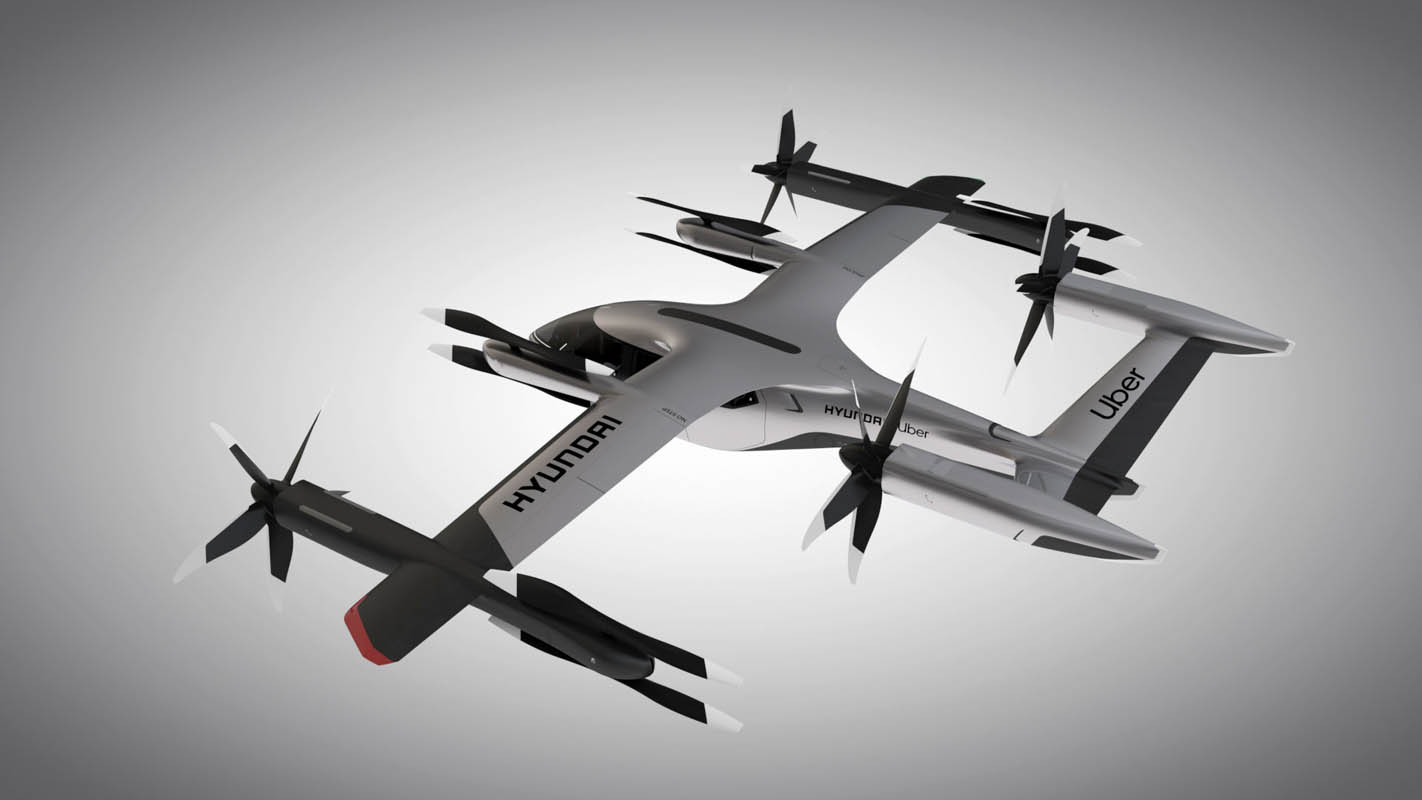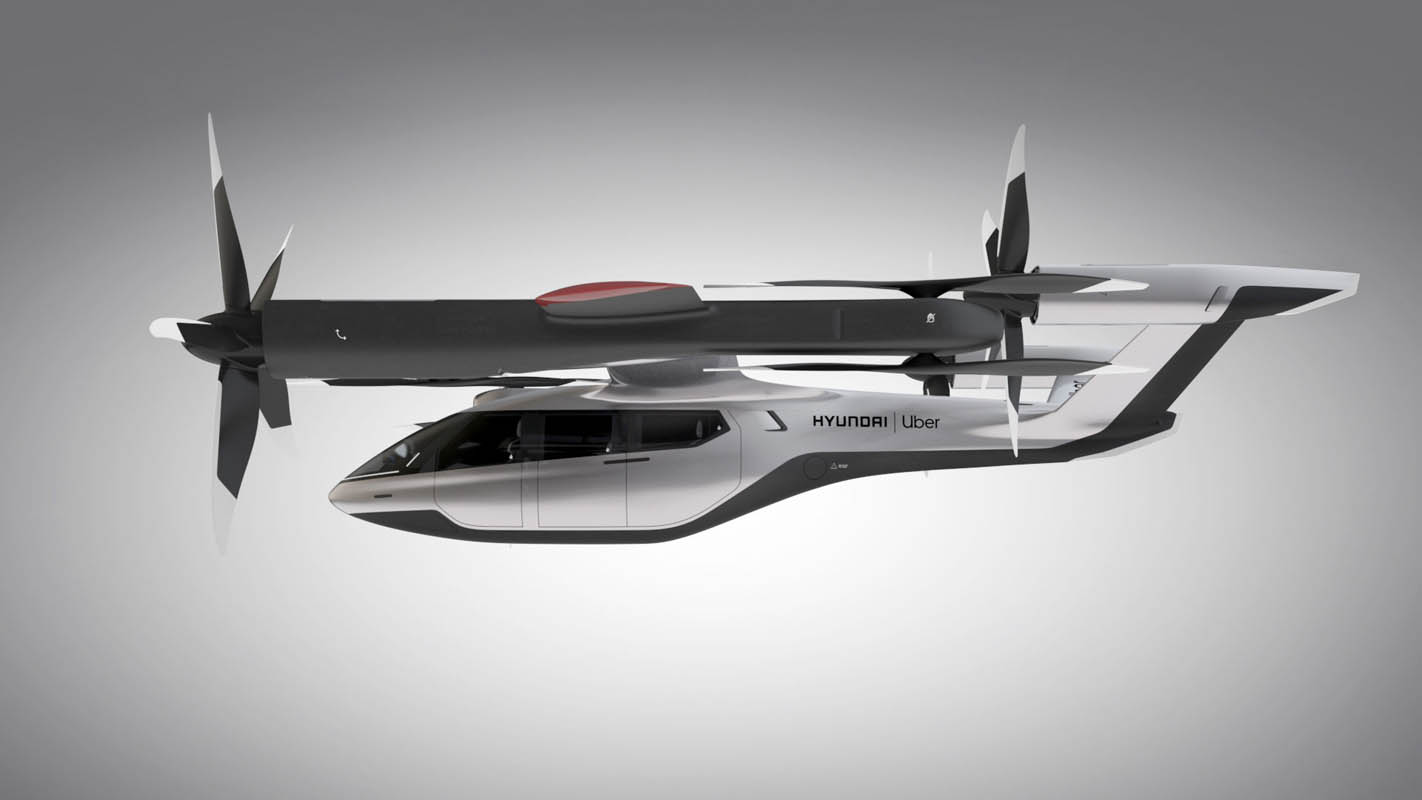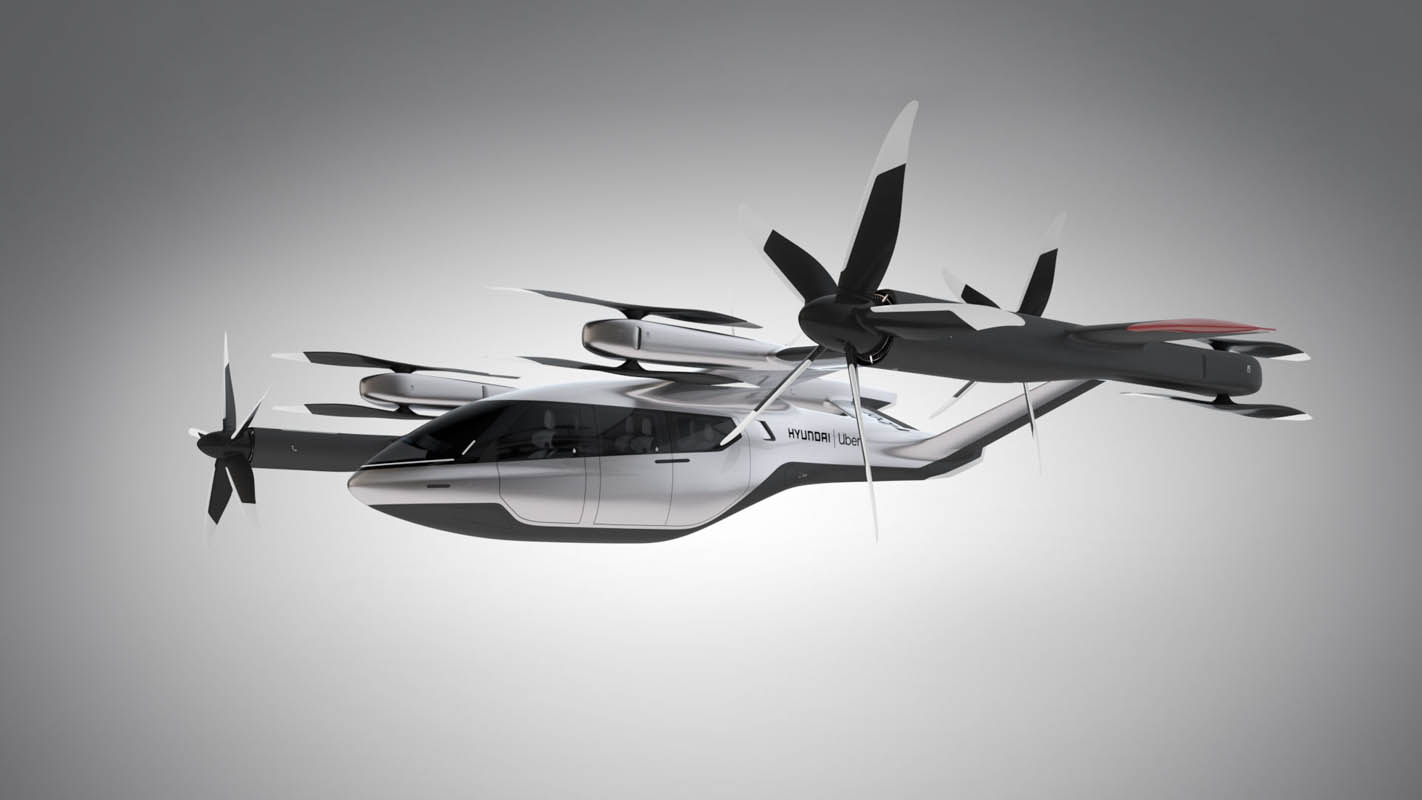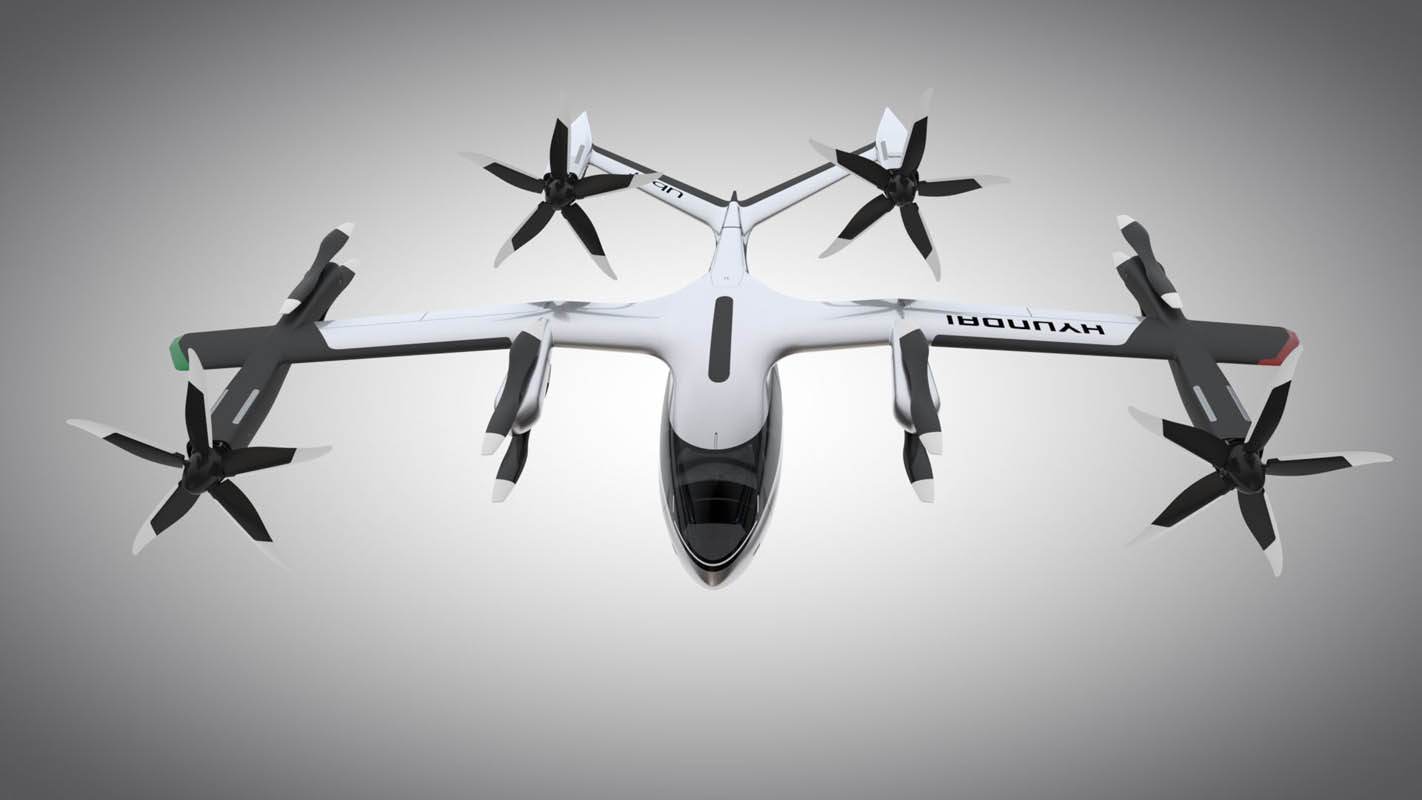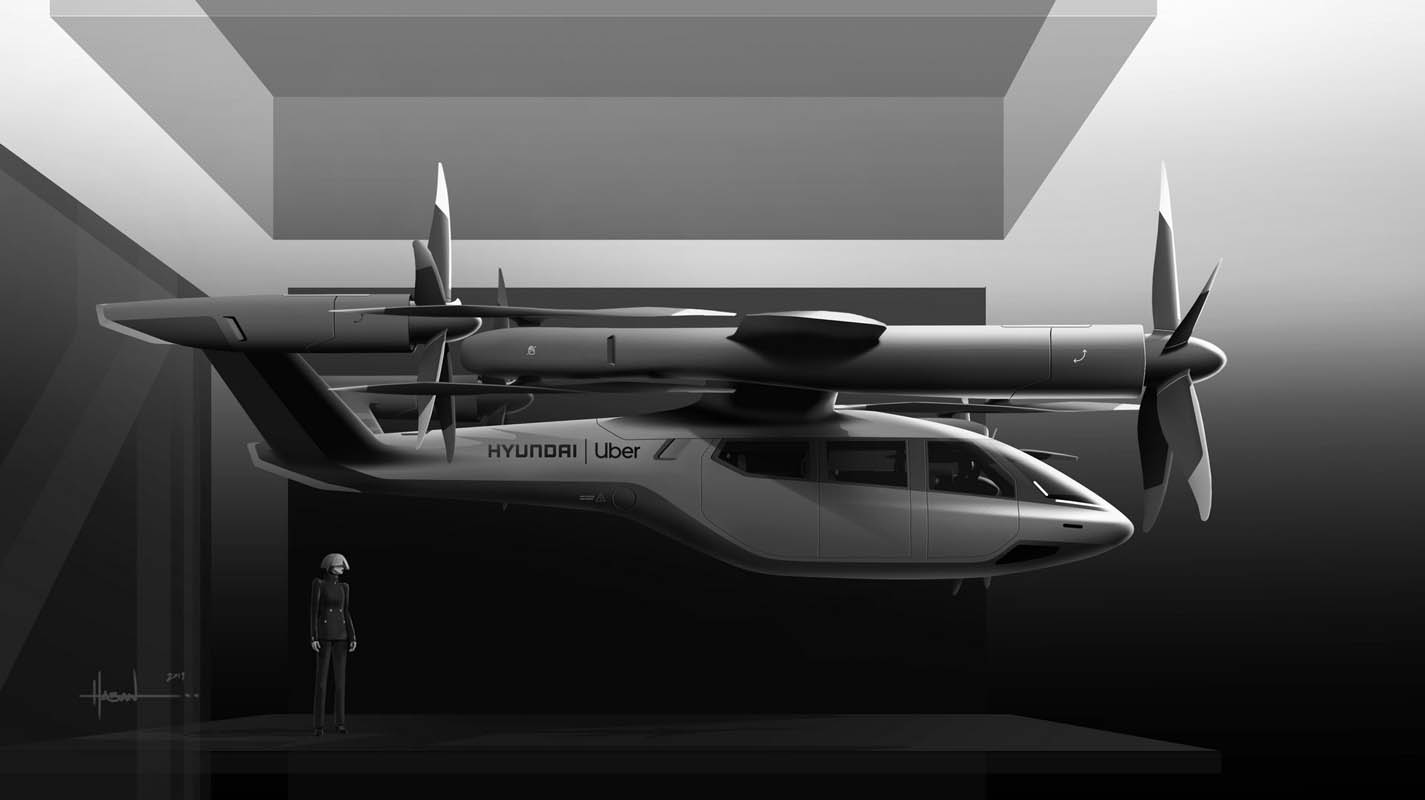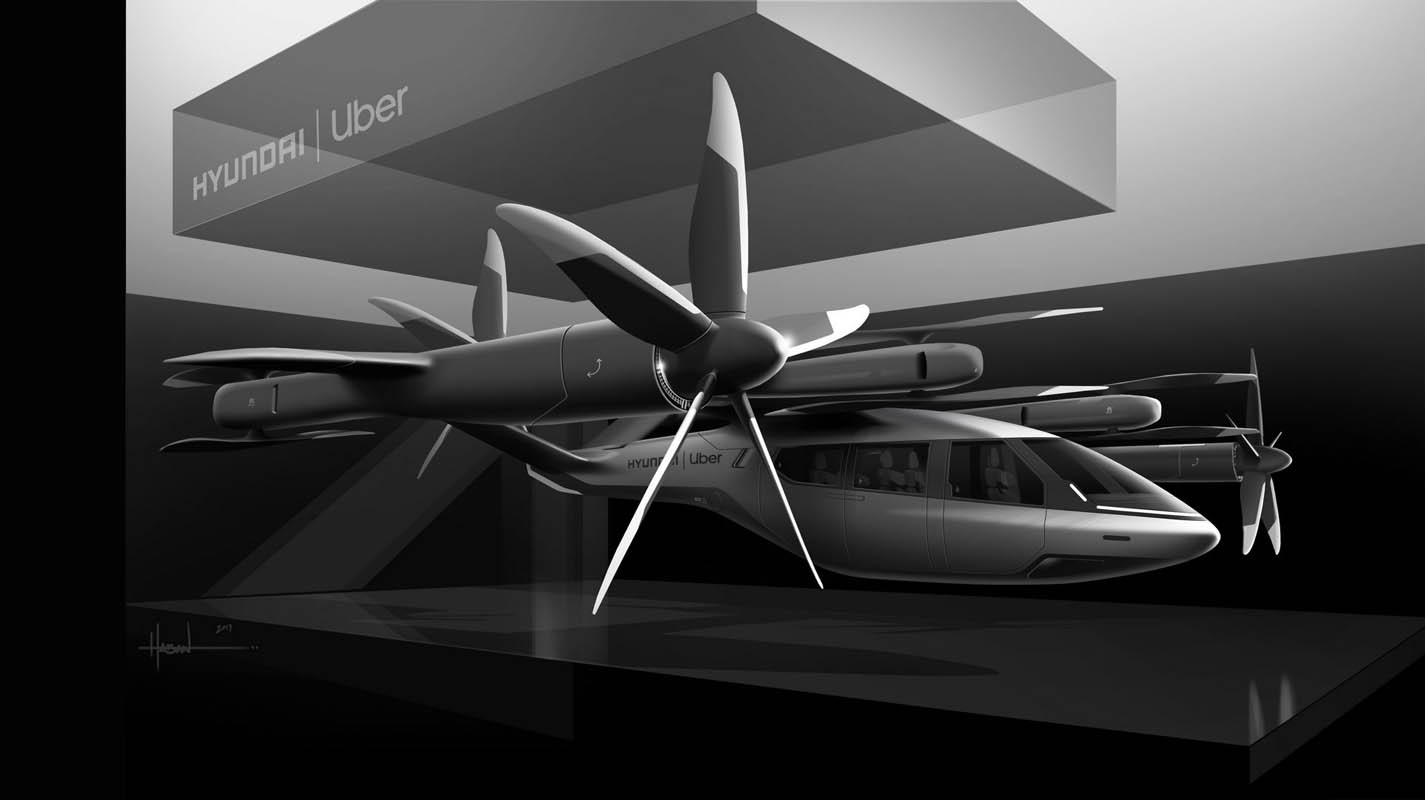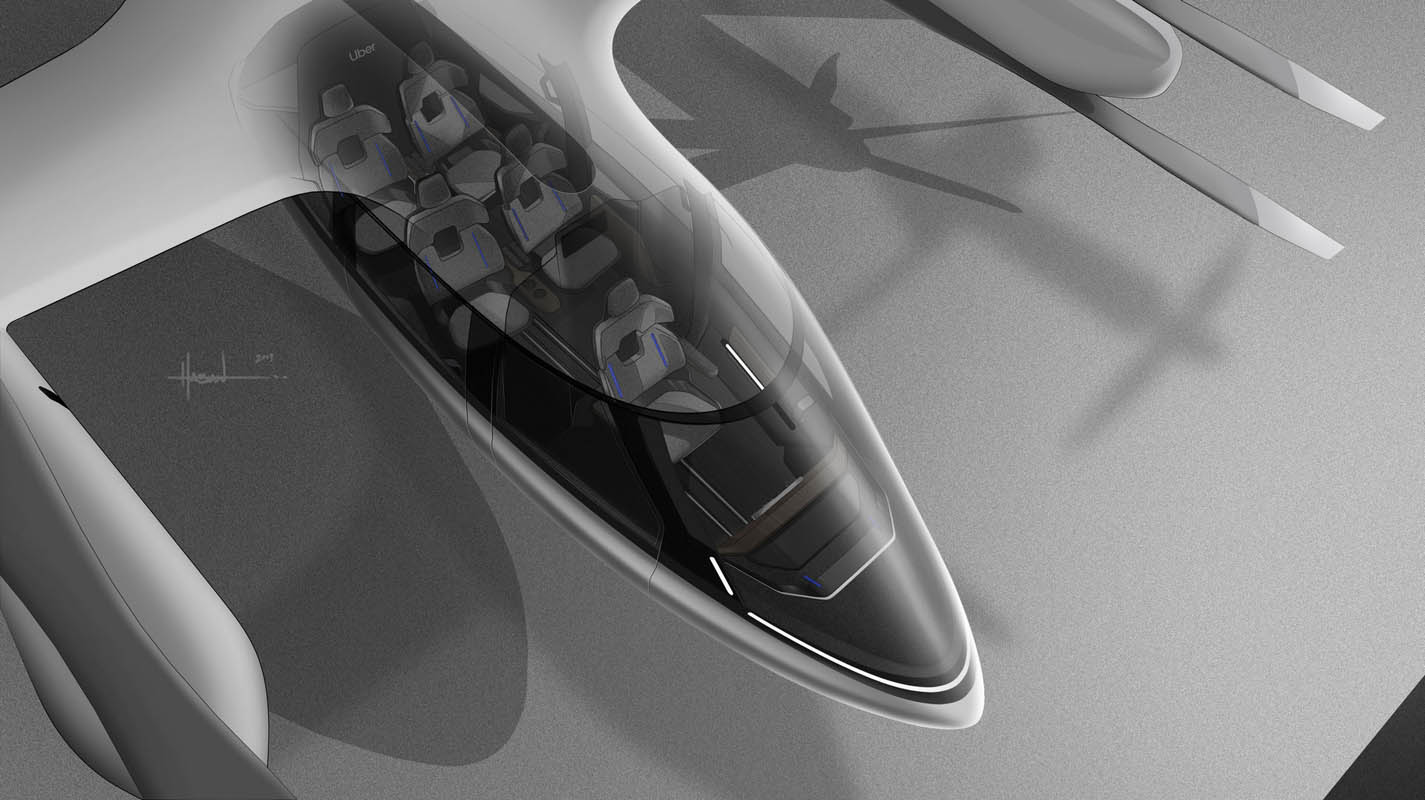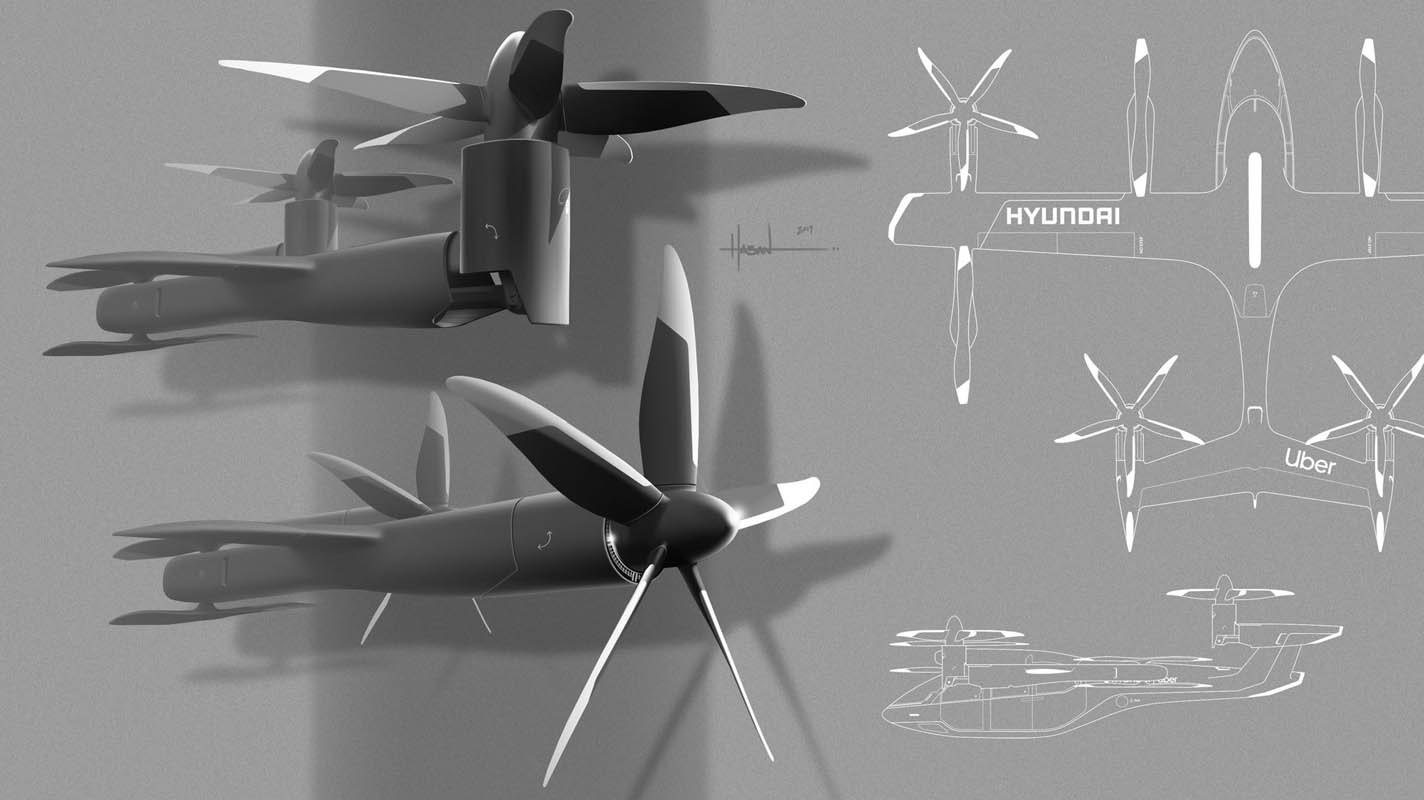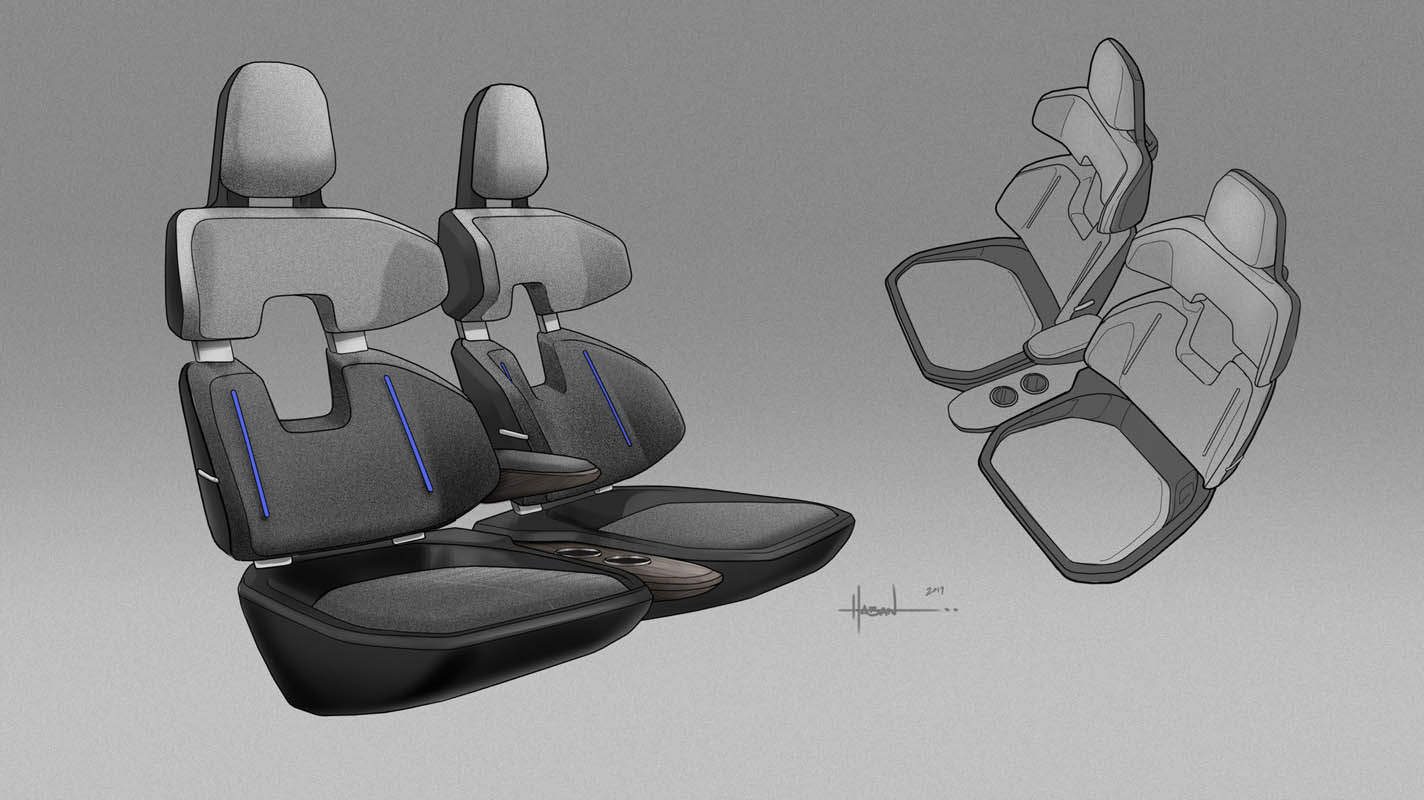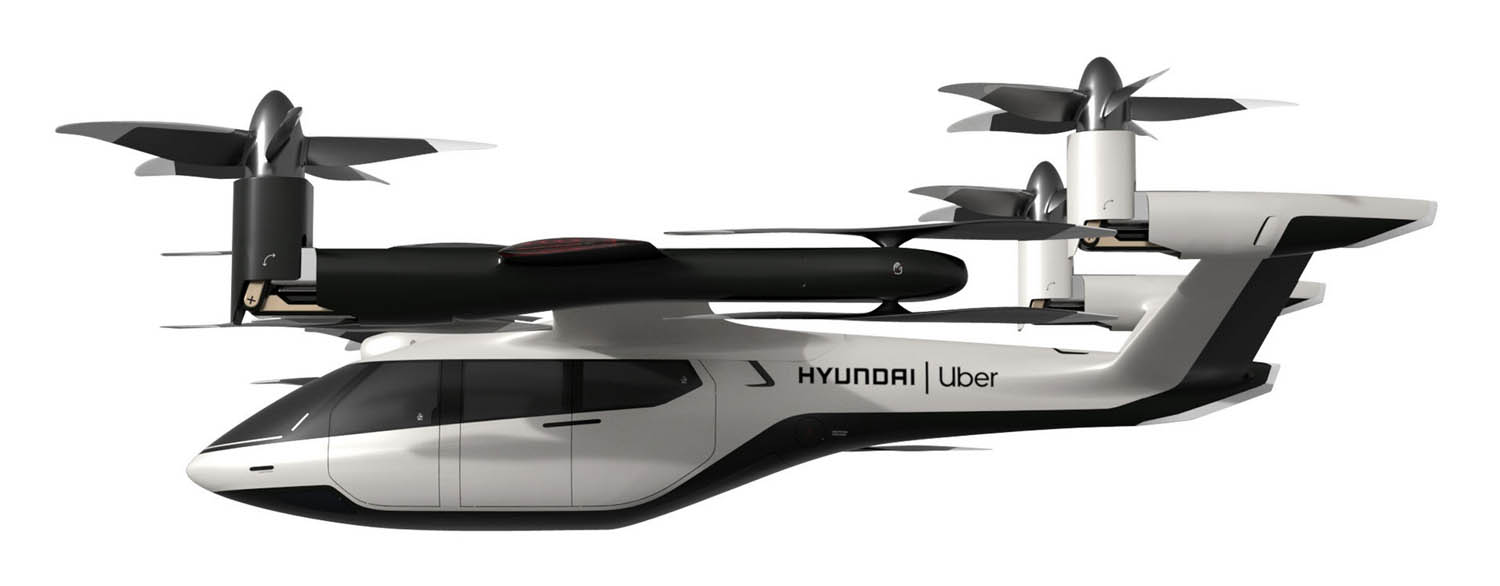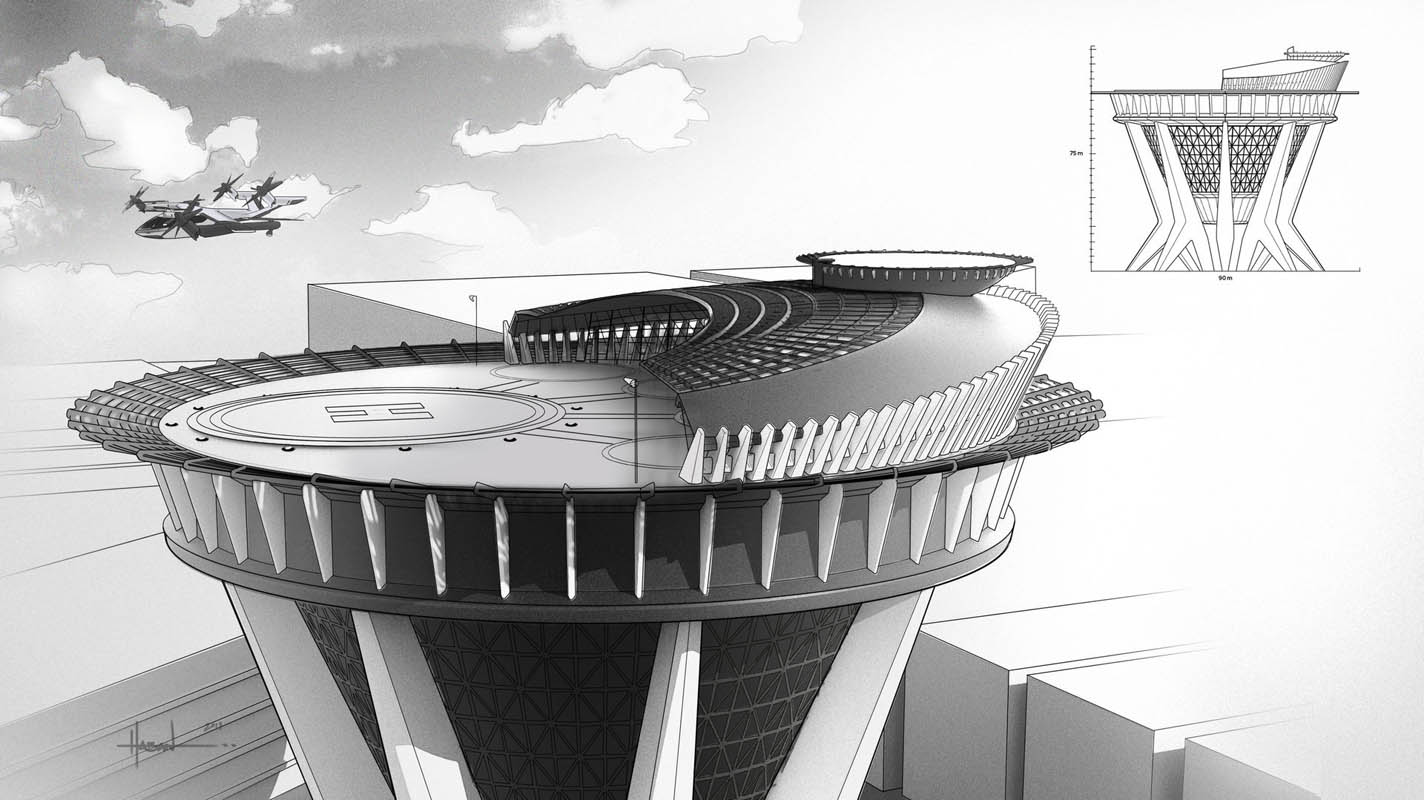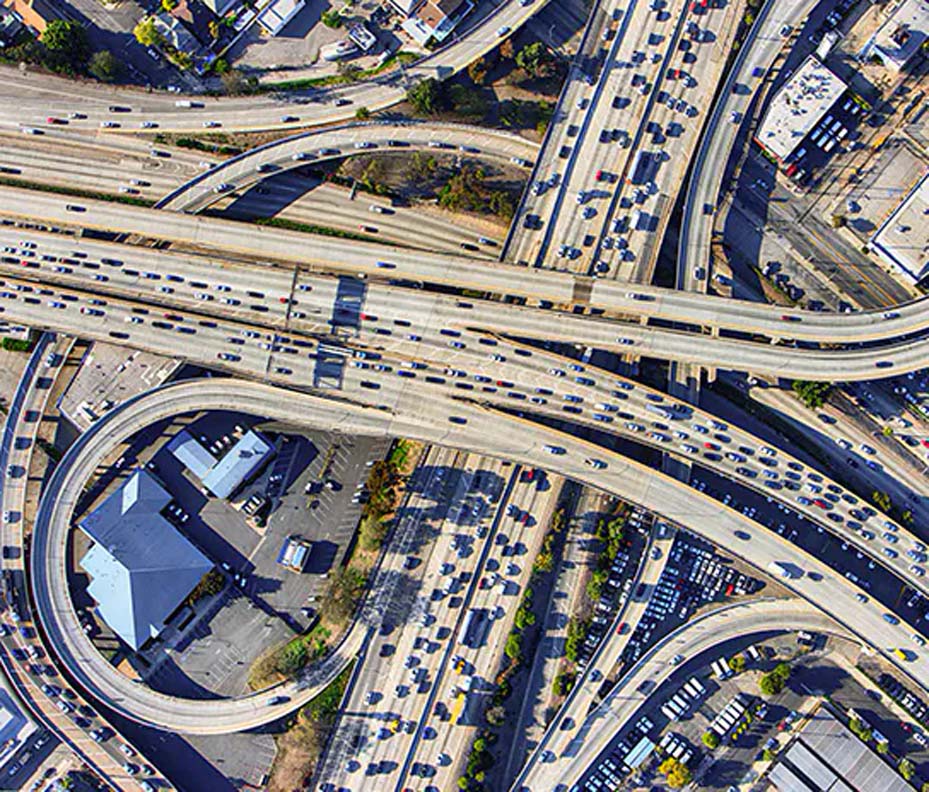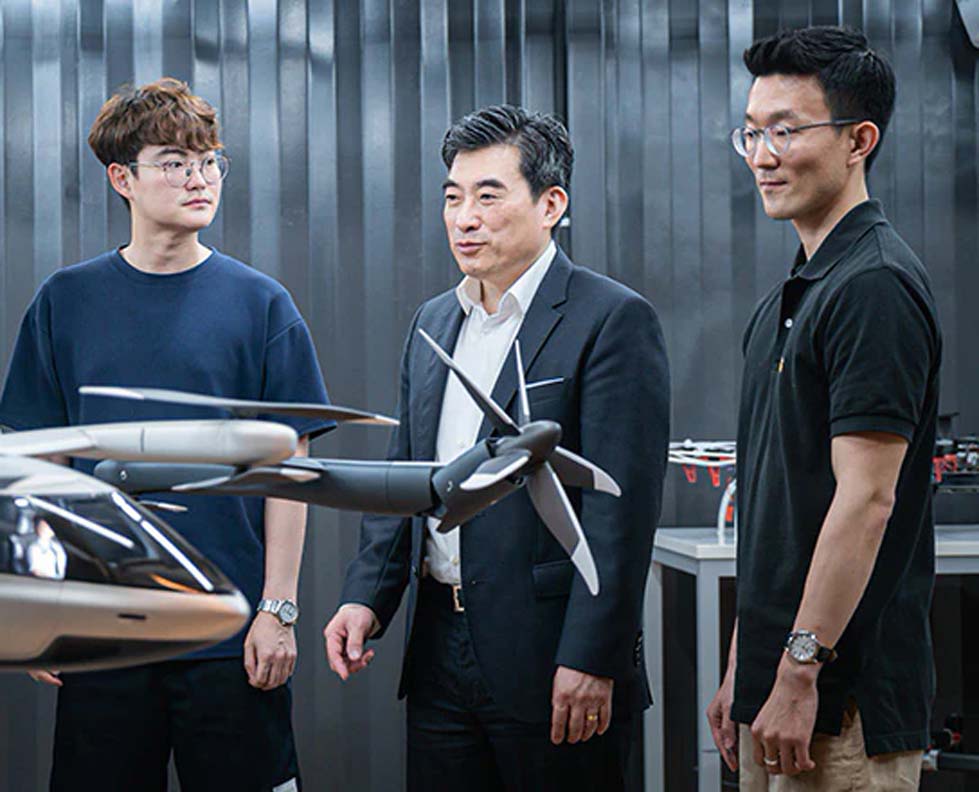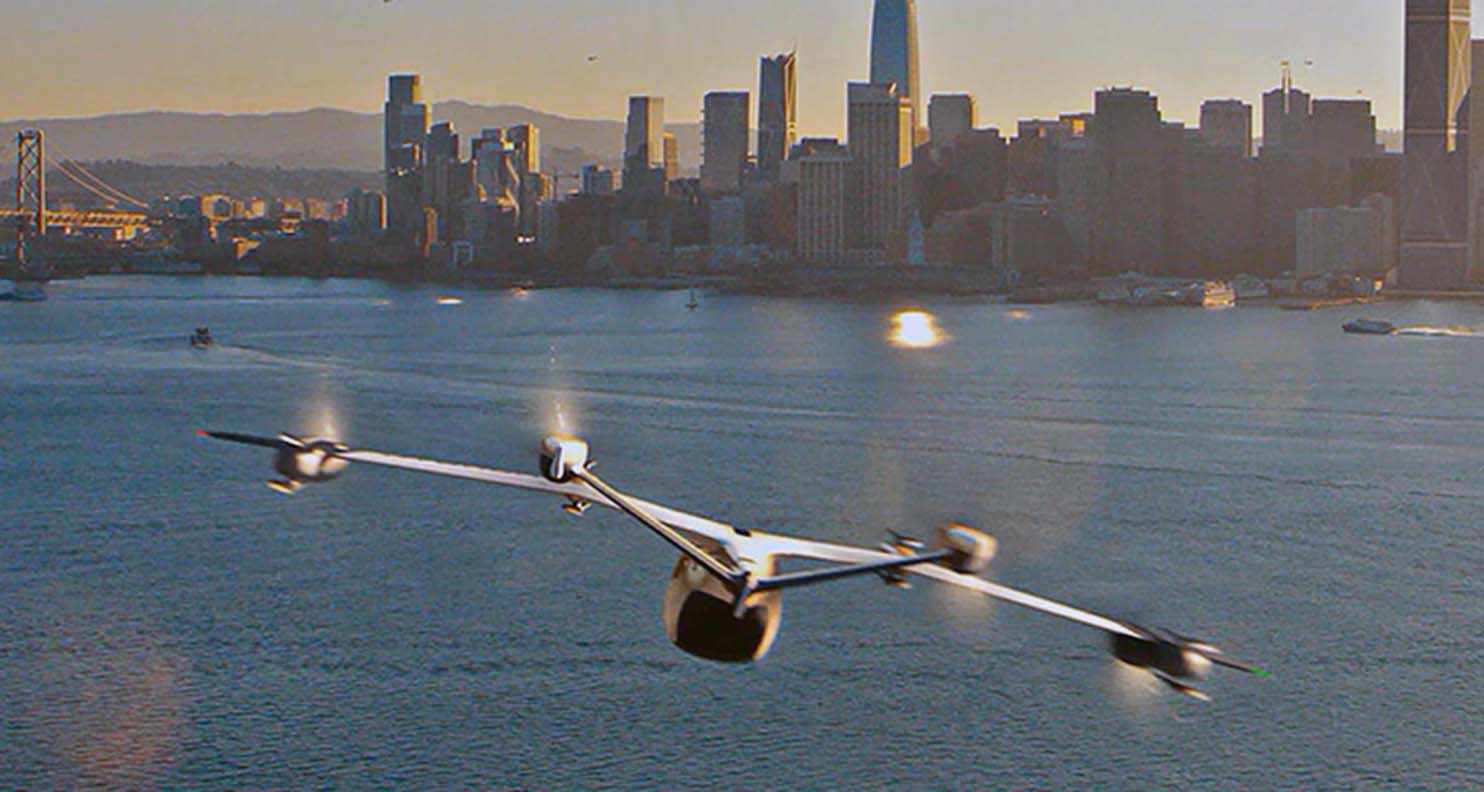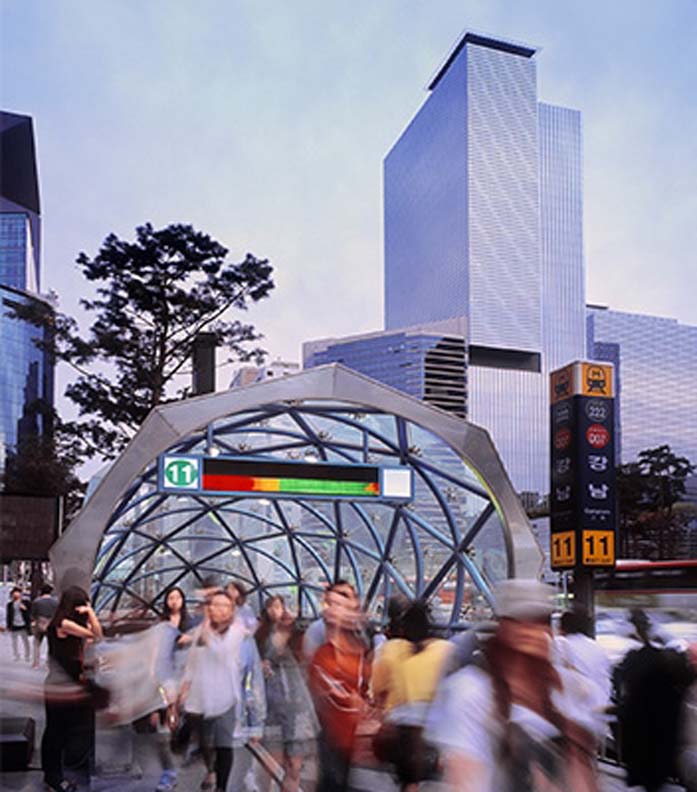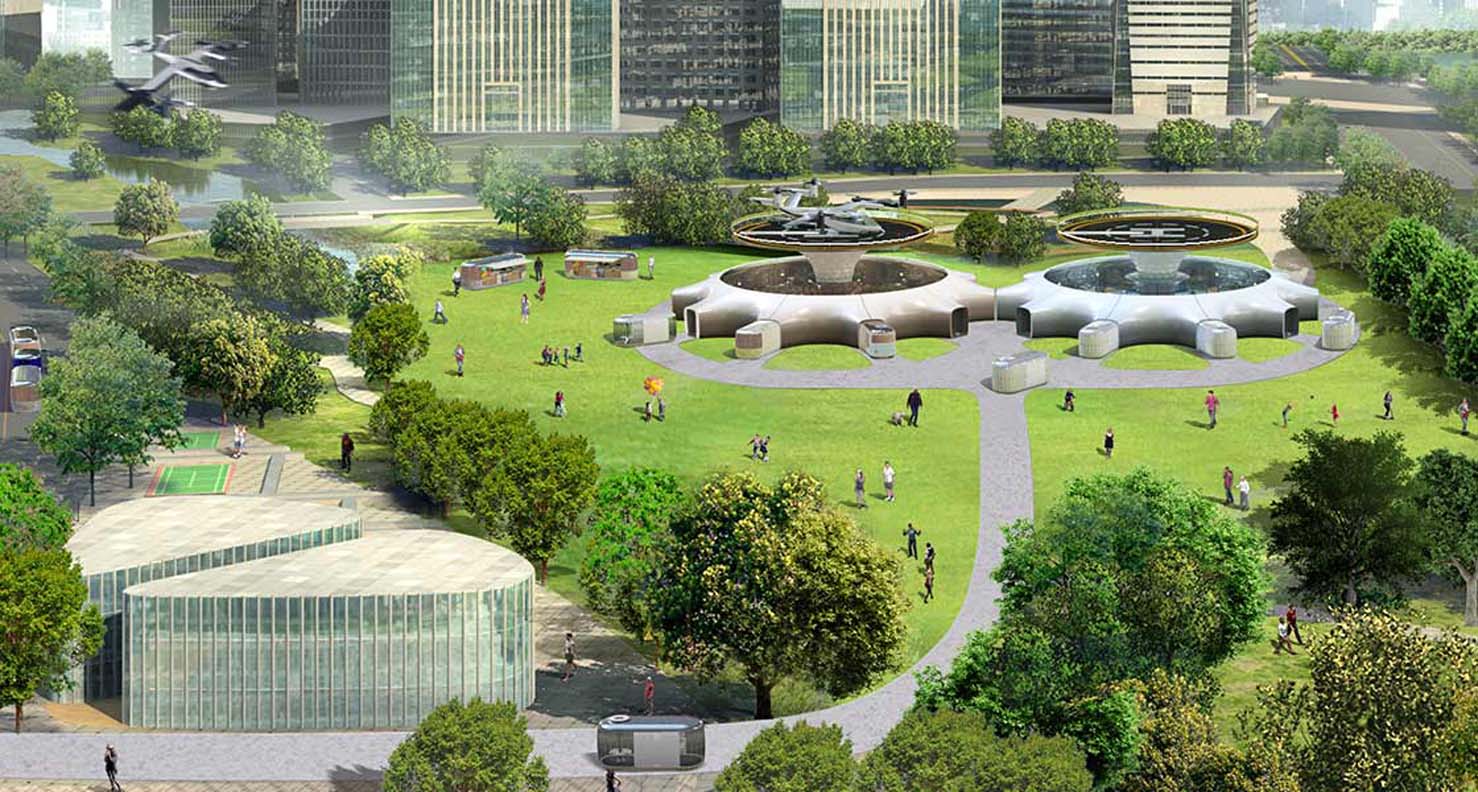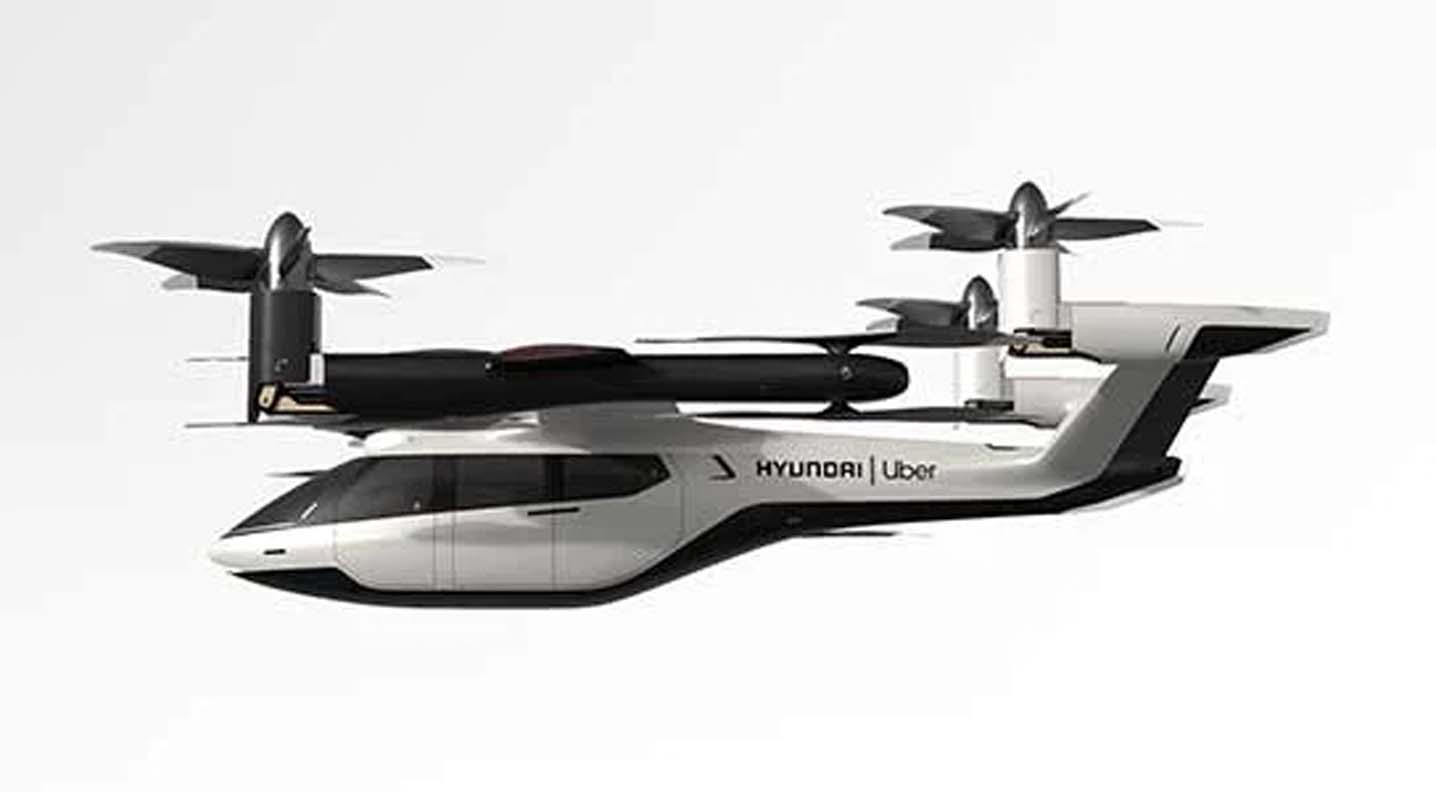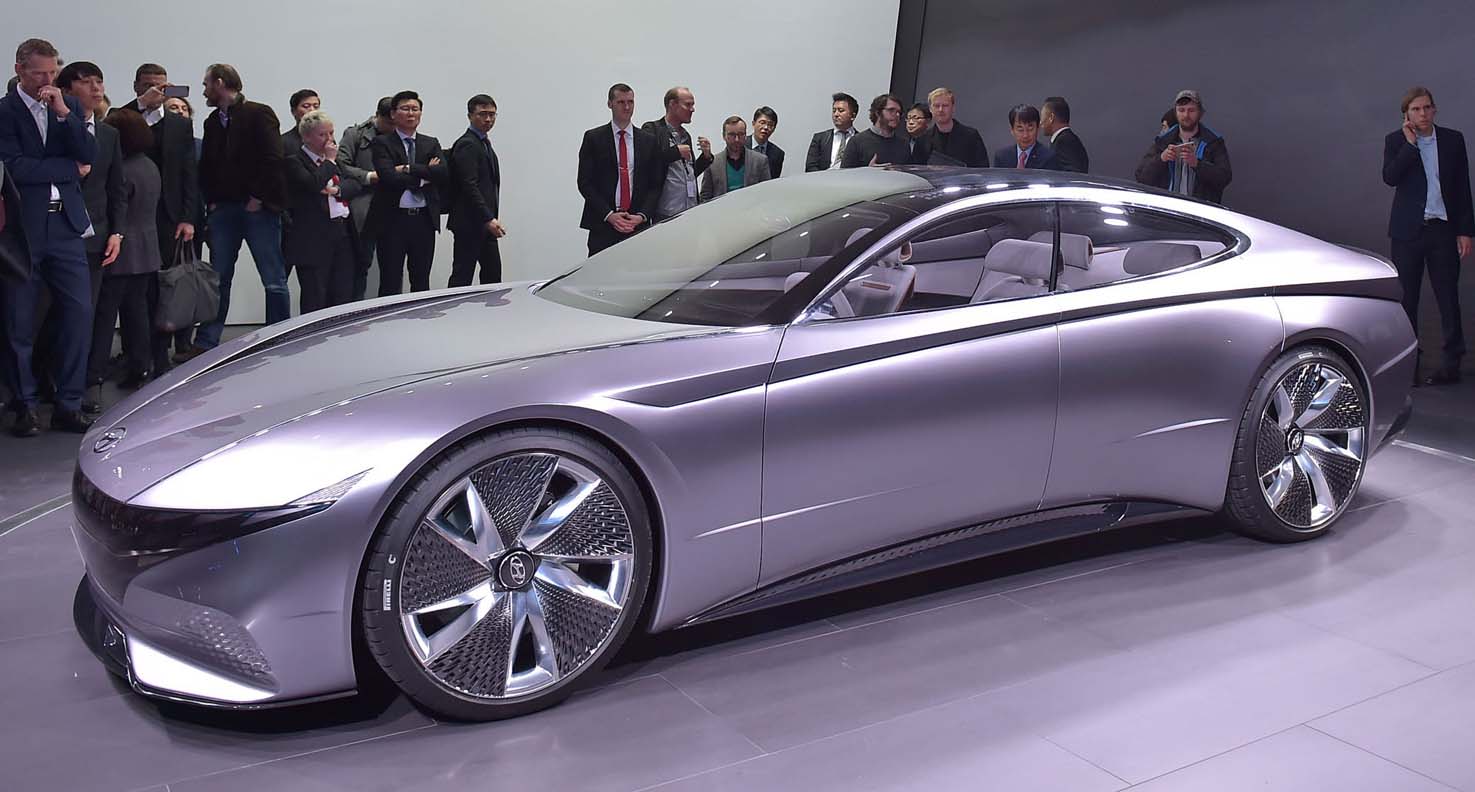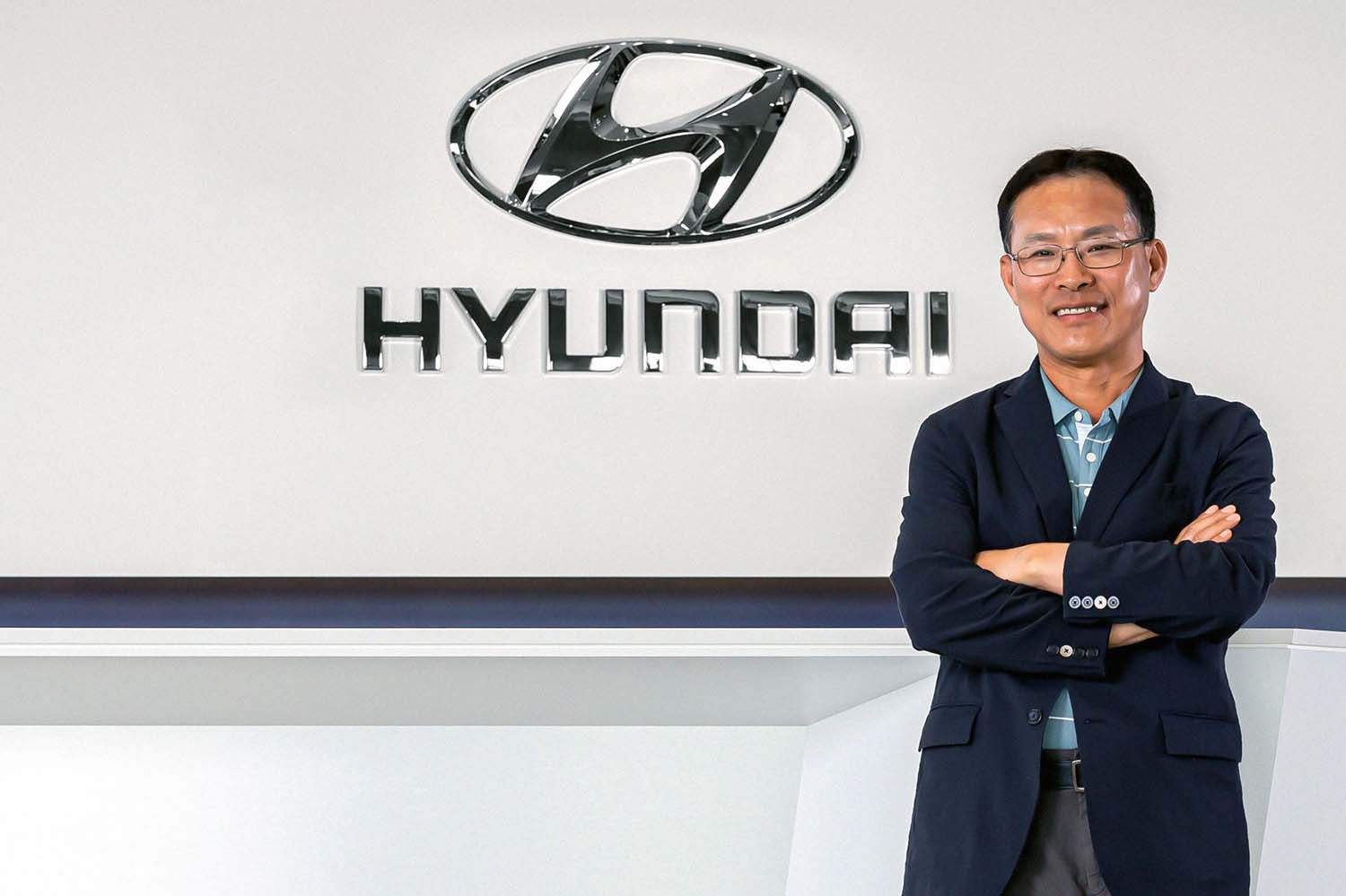
By Bang Sun Jeong, Vice President, Head of Middle East & Africa Operation
The rise of advanced technologies has meant the automotive industry is continuing to change at such a pace that travel concepts that we had never imagined before or once saw in sci-fi films could soon become a reality in the coming years.
At a time where automobiles have become the most popular and convenient choice of transport for millions of people around the world, plans are already being drawn up on how to take the everyday modes of travelling to the next level.
The opportunities are endless but by simply looking beyond the roads, Urban Air Mobility seems certain to be the next phase of mobility that will get people from point A to B. In recent years, it has been a topic that has been widely discussed for a long time and will continue to do until they start operating around the world.
There are reasons why it has been talked about in industry conferences and on different media platforms. Futuristic and creative as they may be, air vehicles, formally known as vertical take-off and landing aircrafts (VTOLs), could well transform the way we commute, work and live going forward.
There is a lot of potential for the Urban Air Mobility sector which is expected to be worth $1.5 trillion in the next 20 years.
Air vehicles are an exciting concept to look forward to and there are many benefits of having this means of transportation. For example, it can offer quicker commutes and therefore save significant time compared to ground-based transport. To give you an idea of how much time people generally spend behind the wheel – statistics show that drivers in London spend an average of 227 hours or nine-and-a-half days every year stuck in traffic. [1]
Furthermore, it can also pave the way to ease the traffic burden on city roads as well as provide a better connection for people between remote and urban areas.
However, before we can even think about the possibility of using Urban Air Mobility, a comprehensive framework and approach must be required. From analysing, researching, designing to building, every stage of the process must be carefully thought through to ensure Urban Air Mobility services operate efficiently and gradually become an important part of our everyday lives just like how automobiles have been for so many years.
As a new travelling solution that will fundamentally change the way we move around, this presents several challenges. For starters, air vehicles will need to be designed and built. Then building an ecosystem and making sure there is an appropriate infrastructure to take-off and land. This poses some big hurdles considering space in big cities is already limited while rooftops could be expensive to use.
At the same time, the need to draw up and implement air traffic rules are also crucial. Decisions will also have to be made on fuel stations, parking regulations, insurance policies, safety and educating the public on the advantages that Urban Air Mobility can offer.
Looking at the wider picture, building an ecosystem that is suitable for Urban Air Mobility is certainly complex but not impossible. While small steps are already being taken with organisations of all sizes in the industry coming up with their innovative ideas as well as exploring viable options, a collective effort must be required to drive that change and make an impact.
Developing and opening the market for Urban Air Mobility requires all types of collaboration, including public-private partnerships and even partnerships with competitors. This is because no one entity or organisation can do it alone and the list of vested stakeholders includes a broad and diverse set of voices.
Therefore, it is important everyone contributes for the greater good. It will ‘take a village’ to develop a scalable system to support Urban Air Mobility and all organisations involved will need to work hard to identify and bring that village together.
One of the other important topics that will need to be explored by experts and professionals are the costs. To make Urban Air Mobility appealing, it needs to be affordable for all members of society. It does not seem logical at all to create a concept that only wealthy people can afford – it must be accessible for everyone.
Another is how will the air vehicles operate? Having trained pilots is one possible option. While this could be extremely expensive considering the resources that will be needed to identify, train and pay their salaries, having a human being in control of the air vehicle will not only help make journeys safer for passengers but also create employment.
The costs of potential seating for commercial use, the prices of every ride, as well as the purchasing costs of personal air vehicles if or when they do become available must also be taken into account.
These concerns can be addressed by introducing autonomous electric versions of VTOLs. Although there are significant engineering challenges, this will be the most sustainable and viable option for the environment.
